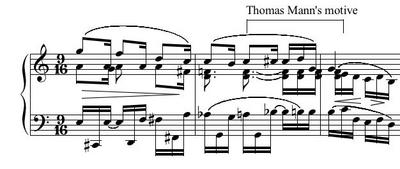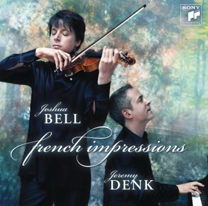I had just finished my tangerine peel chicken at the China Rose restaurant in Rhinecliff, New York, when three fortune cookies arrived, perched atop the check. I was waiting out a train delay. My dinner companions were accidental, or serendipitous; they have just now detrained at Poughkeepsie, and their continuing fates, other than the putative fortunes they received in Rhinecliff, will most likely be unknown to me forever.
But at that moment we were briefly together. I handed them their cookies, unwrapped mine, cracked it open, and read:
“The fortune you seek is in another cookie.”
I laughed my most natural laugh, with only a dash of irony. Indeed: if only I knew in which cookie to look! How many cookies would I need to eat in order to find the fortune I seek? The question was intriguing… I loved the self-referential nature of the fortune, its void where meaning or guidance should be, its promise of an infinite, futile, sweet future. It was more a implied description of its recipient than a prediction of his future; it leaves open the possibility that my desires will always be in another cookie (my pessimistic reading), or may simply be found in some Nestle Tollhouse in February, some Petit Ecolier tomorrow.
Sometimes koans are too much for me, in their cutesy-pie profundity: just too elusive and silent to appeal to my gregarious Western mind. I like this one, though: a Mandarin fell in love with a courtesan, who told him “if you will sit outside my window for 100 days, I will then be yours.” And the Mandarin placed a stool outside her window and sat for 99 days, whereupon he got up, picked up the stool again, and left. I feel this is related to the fortune I received in Rhinecliff somehow. And has wider resonances for my life these days.
My chamber group at the new Bard Conservatory just posed me a musical koan: “How do you rehearse?” I stared dumbfounded at the question. But they genuinely wanted to know. I suppose you may as well ask, “How do you speak English?” Do you have a little time? But, oddly, I had the attack of a desire to answer this question somehow … and began talking, without any plan, and found myself interestingly circling around the topic of individual desire–rather than the more intuitive, obvious chamber music issues of listening, cooperation, sharing, interaction. It has seemed to me lately (and I think it is fair to say I play a fair amount of chamber music!) that sharpening or making more vivid what I bring to the table–purely in terms of my playing, on its own–is the most reliable way to improve a chamber music performance, and may be possibly thousands to millions of times more effective than any verbal comment I may make to my colleagues. In other words: look after your own house. I may have gotten this idea, or at least the clear expression of it, from Peter Wiley, who was (and surely still is) always asking his colleagues to play it how they want it, asking them to lead. And then, as you ineptly lead, you figure out you’re actually the problem.
But as I was describing it to these coachees of mine, finding some way to verbalize my concept of an ideal rehearsal (when they probably just wanted something simpler, a flow-chart perhaps), it found its expression not so much in leadership but in the idea of communal imagination. As in, everybody imagines things about their parts, and brings these imagined concepts into the forum, and tries to make them understood to others–to express something truly imagined is difficult. The rehearsal is, therefore, not a place to smooth out differences but to let difference speak. Realizing that disagreement can be the least of a group’s problems. I would say chamber music most often suffers from too much agreement. (Too “easy” an agreement, both with each other and with the music.)
Of course the imagined ways of playing things butt up against realities, impossibilities, personalities, etc. etc. Rehearsal, like practicing on one’s own, is shot through with the tension of the desires/realities (cookies of tomorrow, unattainable cookies) and can only be truly productive if everyone perceives and accepts this tension. If I let myself become the obsessive practicer that lurks inside me somewhere, at some point things go awry; if I want to cross every T and dot every I, I find that new T’s and I’s start cropping up, making a mockery of my diligence. My dream of completion is a trap. Sometimes it is better if I leave on the 99th day… then the hundredth day of sitting somehow happens “by accident.”
Well my train is hurtling down the Hudson, and I am babbling like the Dr. Phil of chamber music, arrgggghhh. I look around, and the fellow next to me catches my eye, and then feels weird about it, and then shakes his head more violently to the music pumping through his headphones, as if to say: “See, I’m really listening to music! Not staring at you!” And how could I have known this morning when I put on my socks and, not finding any matching pairs in my dresser, settled for one black and one blue–how could I have known then that I would have an insane desire to pull off my shoes in the overwarm train and put up my feet on the opposite bench of the cafe car and that my mismatchedness would then be evident to all passing Amtrak riders? This fortune must have been concealed in yet another cookie.







